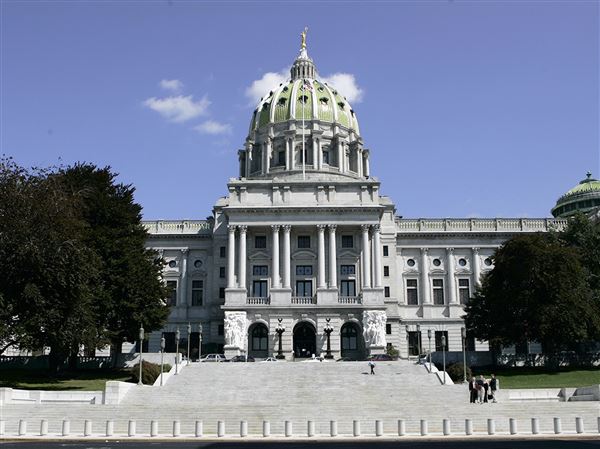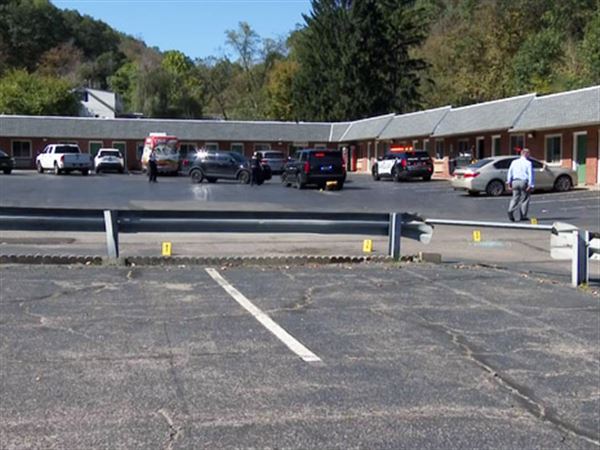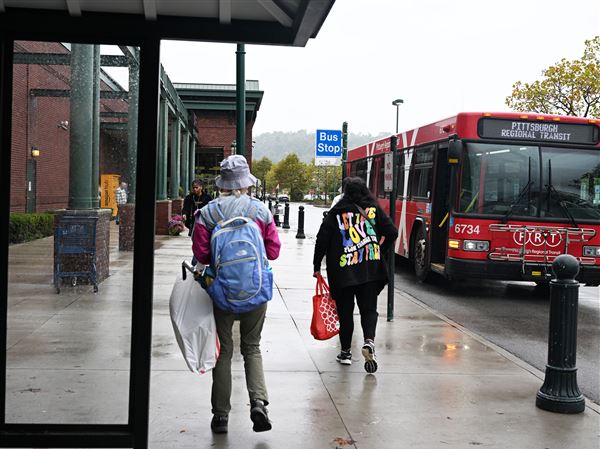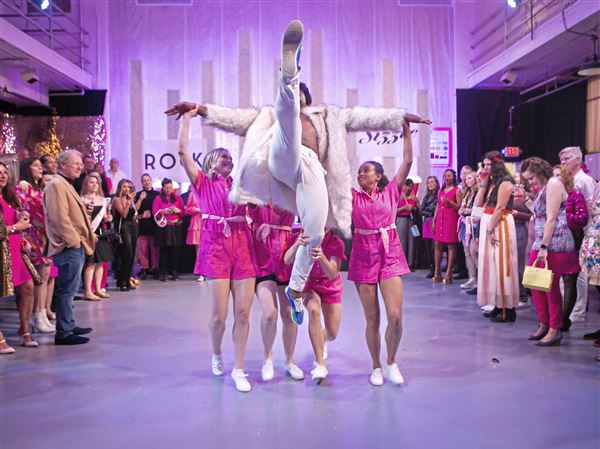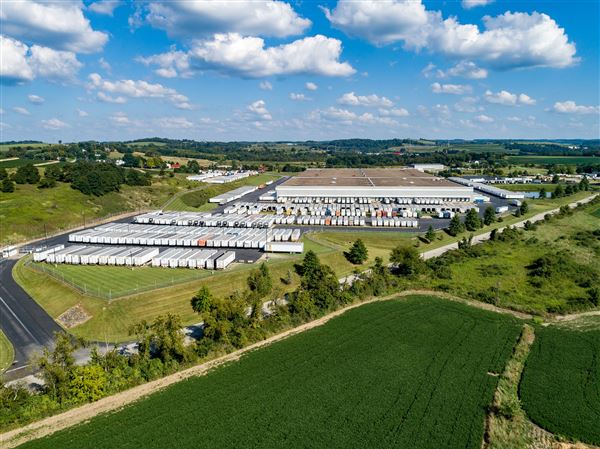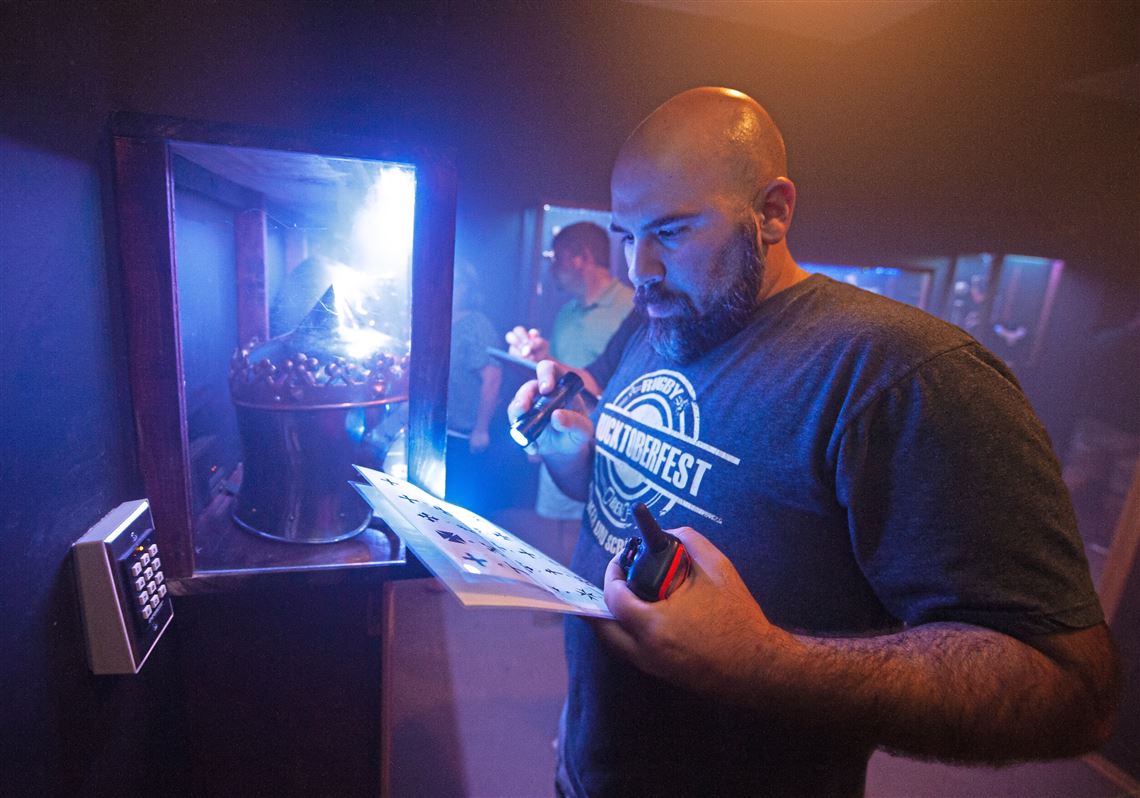Is there anybody out there?
While trying to figure out the puzzles that will set them free, at least some escape room players must hope that someone outside the walls remembers they’re still inside. What a horror to have been forgotten after paying a stranger to lock you inside a themed enclosure with only your wits and a few clues to find your way out.
That’s the escape room challenge, part of a burgeoning new genre of immersive group entertainment that is breaking out across America.
On the other side of the door, however, the challenge for escape room creators is to come up with new themes, clever social experiences and intellectually challenging puzzles. Escape room owners, and the growing companies behind some of them, build the increasingly costly venues and rely on mostly websites and social media to out-market the growing competition.
A few years ago there were no escape rooms in the Pittsburgh region. Now there is at least a dozen, each with its own themed enclosures.
It’s unclear how and where it exactly started; some reports credit Eastern Europe, others Asia. But the entrepreneur getting most of the credit for bringing escape rooms to the U.S. is Victor Blake. With degrees in mathematics and economics from Fordham University, the New Yorker was then a 30-year-old financial modeler on a Fulbright scholarship working for the National Bank of Ukraine in Kiev, Ukraine, when he experienced his first escape room challenge.
On returning to New York City in 2013, he rented a 200-square-foot studio, built a room with built-in clues and cheap props from IKEA and opened a pop-up attraction. After one weekend in business, word-of-mouth publicity led to sold-out schedules and within months Escape the Room had its first permanent location.
“I always loved puzzles and games,” Mr. Blake said. “In the ‘90s there were point-and-click [computer] games, and then iPhones came out and started releasing game apps. These immersive games — experiential entertainment — are an extension of that, except you’re the character driving the story forward.”
The human fascination with puzzles goes back “to the Year Zero,” Mr. Blake said. From the Pythagorean Cups of the ancient Greeks to the hedge mazes of 17th century to the Rubik’s Cubes of the 1980s, people like puzzles. “This is an inherently human sort of thing. It’s become a new medium of storytelling, as well as a new genre of entertainment.”
Few try it alone. Mr. Blake noted that it’s best experienced with a group of friends. Some companies book private “team-building” events and include a post-adventure debriefing to determine who worked better individually or as part of a team, who became easily frustrated and who showed leadership skills.
From Mr. Blake’s first pop-up attraction, Escape the Room has expanded to a 25-venue chain in 18 American cities, including Pittsburgh. Since his first hand-made theme room of furniture and locks, Blake and company now spend as much as $100,000 constructing each elaborate theme room.
The South Side location opened in 2015 with four themes: The Dig follows an Indiana Jones-type storyline and The Agency is based on a James Bond spy thriller. A group of friends are locked in The Apartment and stuck on-air in a looping newscast in The Newsroom.
“Our rooms are well thought-out. That’s what it comes down to,” said Escape the Room Pittsburgh manager Mark Grey. “In three years we’ve had less than 50 groups escape in less than 40 minutes. We have a 20 percent escape rate -- a lot of groups don’t get out at all when the [one-hour] time is up.”
The success of Escape the Room has encouraged hundreds of competitors, most with the word “escape” in their names. That’s why Escape the Room Pittsburgh competes with The Escape Room Pittsburgh and other similarly named venues.
Jason Peyton, owner of Escape Room 51 in the South Hills, writes the computer code that enables sensors within his rooms to operate in the correct sequence so that players in The Royal Heist room don’t make off with the crown jewels too easily, or never make it back from a Mission to Mars.
“We monitor the game and help out when they need it,” he said. “Without the computer it would be more work, a greater chance of operator error. The computer allows for much more seemly progression of play.”
All of the escape venues charge about $25-$30 per person for a 60-minute escape, and many change their themes periodically to keep players coming back for more.
John Hayes: 412-263-1991, jhayes@post-gazette.com.
First Published: July 12, 2018, 4:08 p.m.
